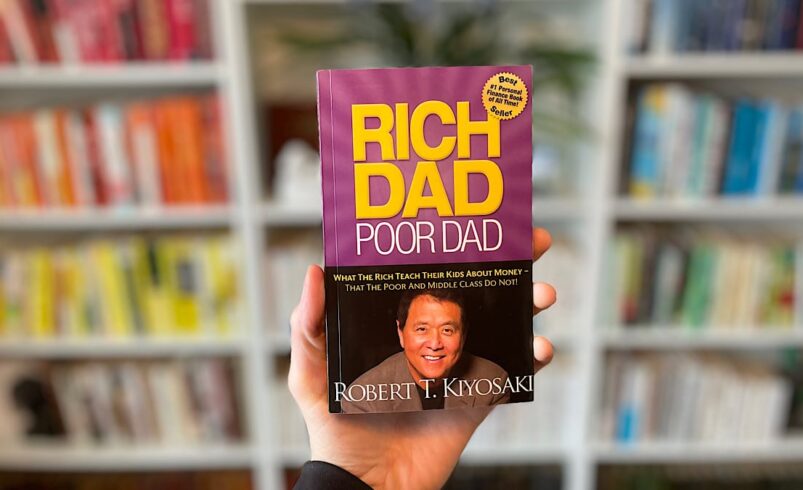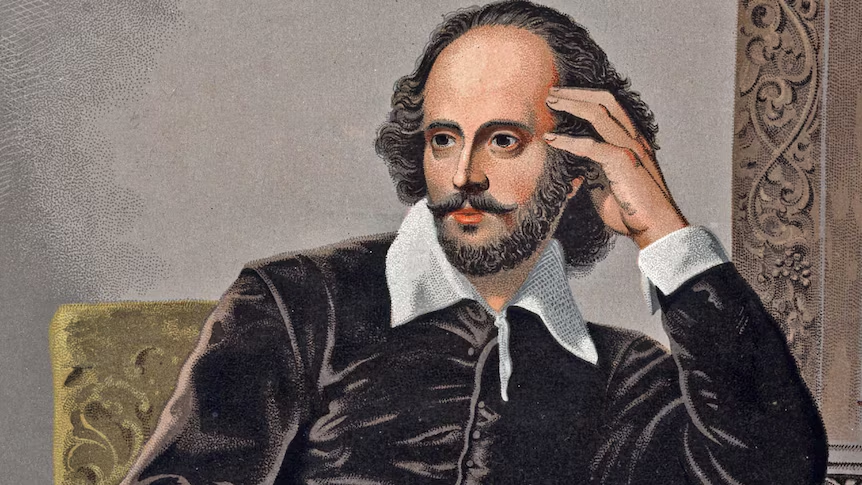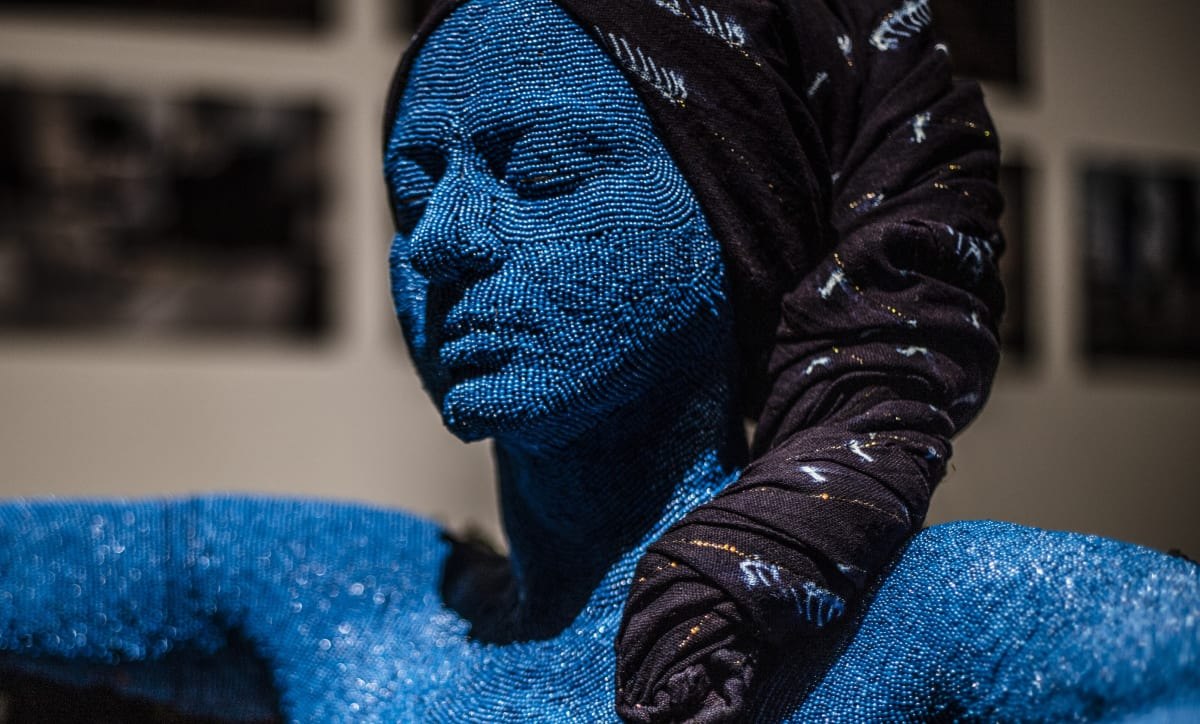innovuscollege.com – Robert Kiyosaki’s Rich Dad Poor Dad is one of the most influential personal finance books of all time. Originally published in 1997, the book challenges conventional thinking about money, wealth, and financial education. Through the contrast between his “Rich Dad” (his best friend’s father) and “Poor Dad” (his biological father), Kiyosaki shares key lessons about financial literacy, investing, and building wealth.
Beyond its practical advice, Rich Dad Poor Dad has a fascinating backstory and impact that many readers may not be aware of. Here are some fun and surprising facts about this best-selling book.
1. The Book Was Initially Self-Published
Before becoming a global bestseller, Rich Dad Poor Dad faced multiple rejections from publishers. Kiyosaki, believing in his message, decided to self-publish the book in 1997 under his company, Cashflow Technologies, Inc.
He initially sold copies at seminars and small bookstores, relying on word-of-mouth marketing. His persistence paid off when the book caught the attention of Oprah Winfrey, who featured him on The Oprah Winfrey Show in 2000. After that, the book skyrocketed to success.
2. It Has Sold Over 40 Million Copies Worldwide
Rich Dad Poor Dad is one of the best-selling personal finance books ever written, with over 40 million copies sold in more than 100 countries and translated into over 50 languages.
The book’s universal principles on wealth-building have resonated with readers worldwide, making it a staple in financial education discussions.
3. The “Rich Dad” May or May Not Be Real
One of the biggest mysteries about Rich Dad Poor Dad is whether “Rich Dad” was a real person. In the book, Kiyosaki claims that his Rich Dad was his best friend’s father, who mentored him about money from a young age. However, many critics have questioned whether Rich Dad was a real person or just a fictional composite character based on multiple wealthy mentors.
Kiyosaki has remained ambiguous about this, neither confirming nor denying Rich Dad’s real identity, which has only added to the intrigue surrounding the book.
4. The Book Challenges Traditional Education
One of the boldest claims in Rich Dad Poor Dad is that traditional schooling does not teach financial education properly. Kiyosaki argues that schools focus too much on getting a job (employee mindset) rather than teaching financial independence through investing, business ownership, and smart money management.
This controversial viewpoint has sparked debates, but it has also encouraged many readers to seek alternative education in financial literacy.
5. The Book Popularized the Term “Financial Freedom”
Although the term existed before, Rich Dad Poor Dad played a major role in popularizing “financial freedom” as a goal for many individuals. The book teaches that financial freedom is not about earning more money but about creating assets that generate passive income, allowing people to live without depending on a paycheck.
This concept has inspired millions to pursue entrepreneurship, real estate investing, and other forms of passive income.
6. It Introduced the Idea of “Assets vs. Liabilities” in Simple Terms
One of the most memorable lessons from the book is the difference between assets and liabilities. Kiyosaki simplifies financial principles by saying:
- Assets put money in your pocket (e.g., real estate, stocks, businesses).
- Liabilities take money out of your pocket (e.g., car loans, credit card debt, mortgages).
This simple but powerful concept has helped many readers rethink how they manage their money and build wealth.
7. It Led to a Whole “Rich Dad” Brand
Due to the book’s massive success, Kiyosaki built an entire Rich Dad empire, including:
- Follow-up books (Cashflow Quadrant, Rich Dad’s Guide to Investing, The Real Book of Real Estate).
- Board games and financial education tools (like the Cashflow board game).
- Seminars and coaching programs based on the book’s principles.
However, some of these programs have been criticized for being expensive and controversial, with some people accusing them of being too aggressive in marketing tactics.
8. The Book Has Faced Criticism
While many people praise Rich Dad Poor Dad for its financial wisdom, some critics argue that the book:
- Lacks specific actionable steps (it’s more about mindset than detailed strategies).
- Encourages risk-taking in investing without always explaining the potential downsides.
- Has a narrative that may not be 100% factual (especially regarding the Rich Dad character).
Despite the criticism, the book remains one of the most widely recommended personal finance books of all time.
9. Kiyosaki Once Went Bankrupt Despite His Advice
Interestingly, despite advocating financial independence, Kiyosaki’s Rich Global LLC filed for bankruptcy in 2012. However, this was a strategic move—his personal wealth remained intact, as his liabilities were under the company’s name, not his personal assets.
This event reinforced one of the book’s key lessons: separating personal and business finances to protect wealth.
10. It Inspired a New Generation of Entrepreneurs and Investors
Even with its critics, Rich Dad Poor Dad has undeniably influenced millions of people to rethink how they approach money. Many well-known entrepreneurs, investors, and influencers have credited the book for changing their financial mindset and inspiring them to pursue business and investing.
From YouTubers and TikTok influencers teaching financial literacy to real estate investors who built empires, the book’s impact continues to grow decades after its release.
Final Thoughts: A Book That Changed the Game
Rich Dad Poor Dad remains one of the most talked-about and influential books in the world of personal finance. While some may debate its accuracy or practicality, there’s no denying that it has inspired millions to take control of their financial future.
Whether you love it or question its ideas, the book’s core message—that financial education is the key to wealth—remains a powerful lesson that continues to shape the way people think about money today.





